What Are Dolichocephalic Dogs?
Dolichocephalic refers to dogs with elongated, narrow heads and long muzzles. This head shape contrasts with brachycephalic (short-nosed) breeds like Pugs and Bulldogs.
Better Breathing
Long muzzles provide more surface area for air filtration and better respiratory function. These breeds rarely suffer from brachycephalic syndrome seen in flat-faced dogs.
Speed & Agility
Many long-nosed breeds are built for speed. Sighthounds like Greyhounds and Whippets are among the fastest dogs, while their long muzzles help with aerodynamics and cooling.
Dental Health
Longer jaws provide more space for teeth, potentially reducing dental crowding. However, regular dental care is still essential for all breeds.
Famous Long-Nosed Dog Breeds
These breeds are known for their distinctive elongated muzzles and graceful appearances.

German Shepherd

Doberman Pinscher
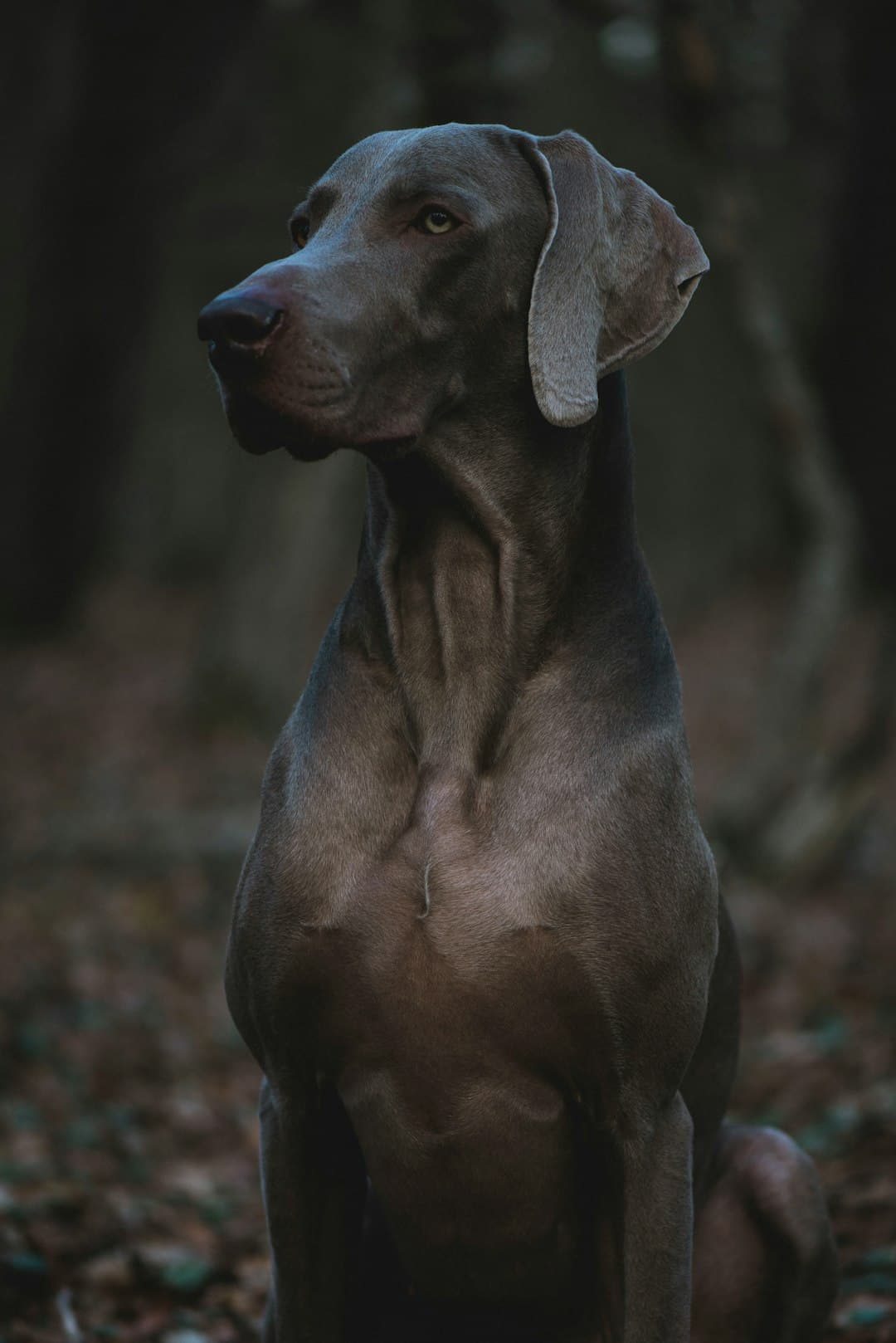
Great Dane
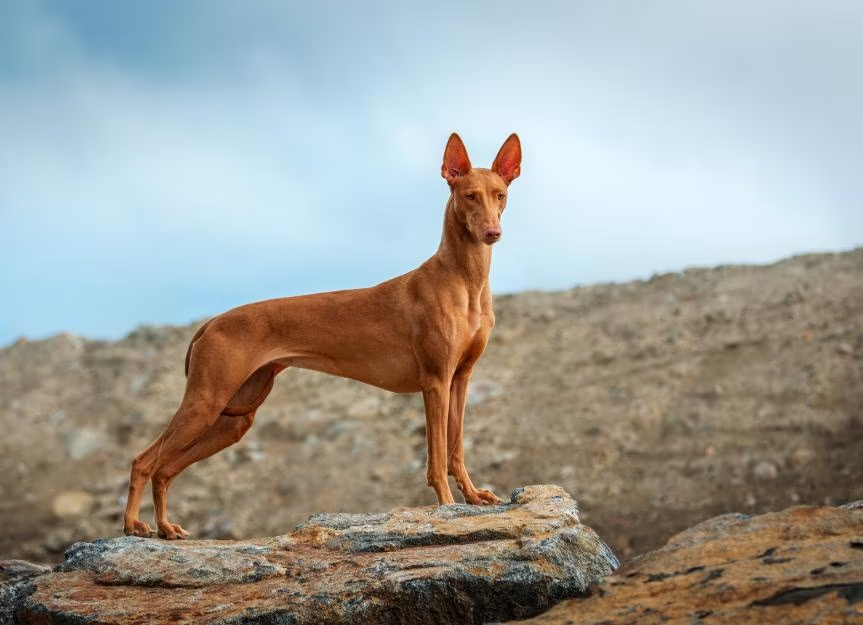
Greyhound
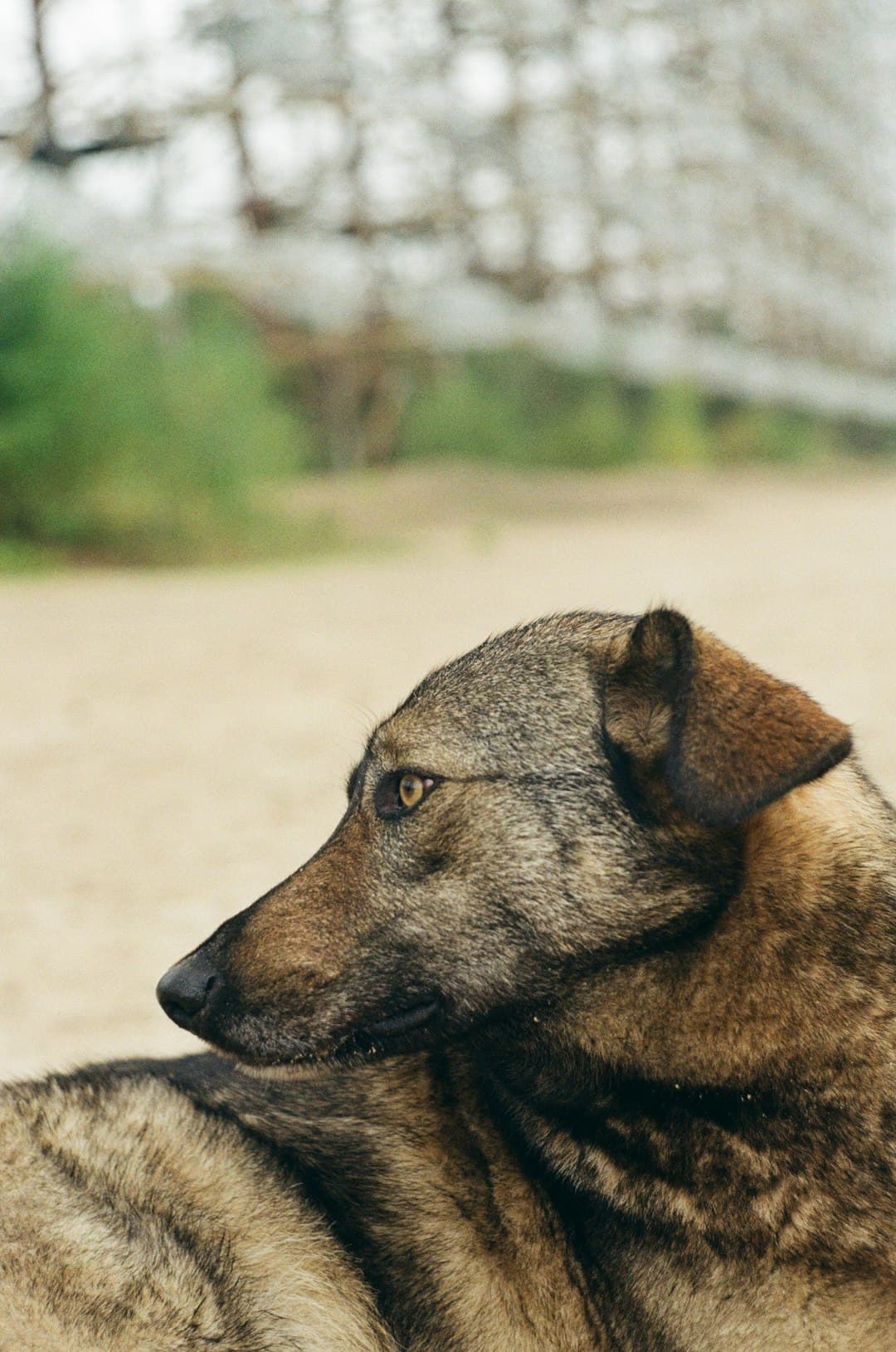
Afghan Hound

Whippet
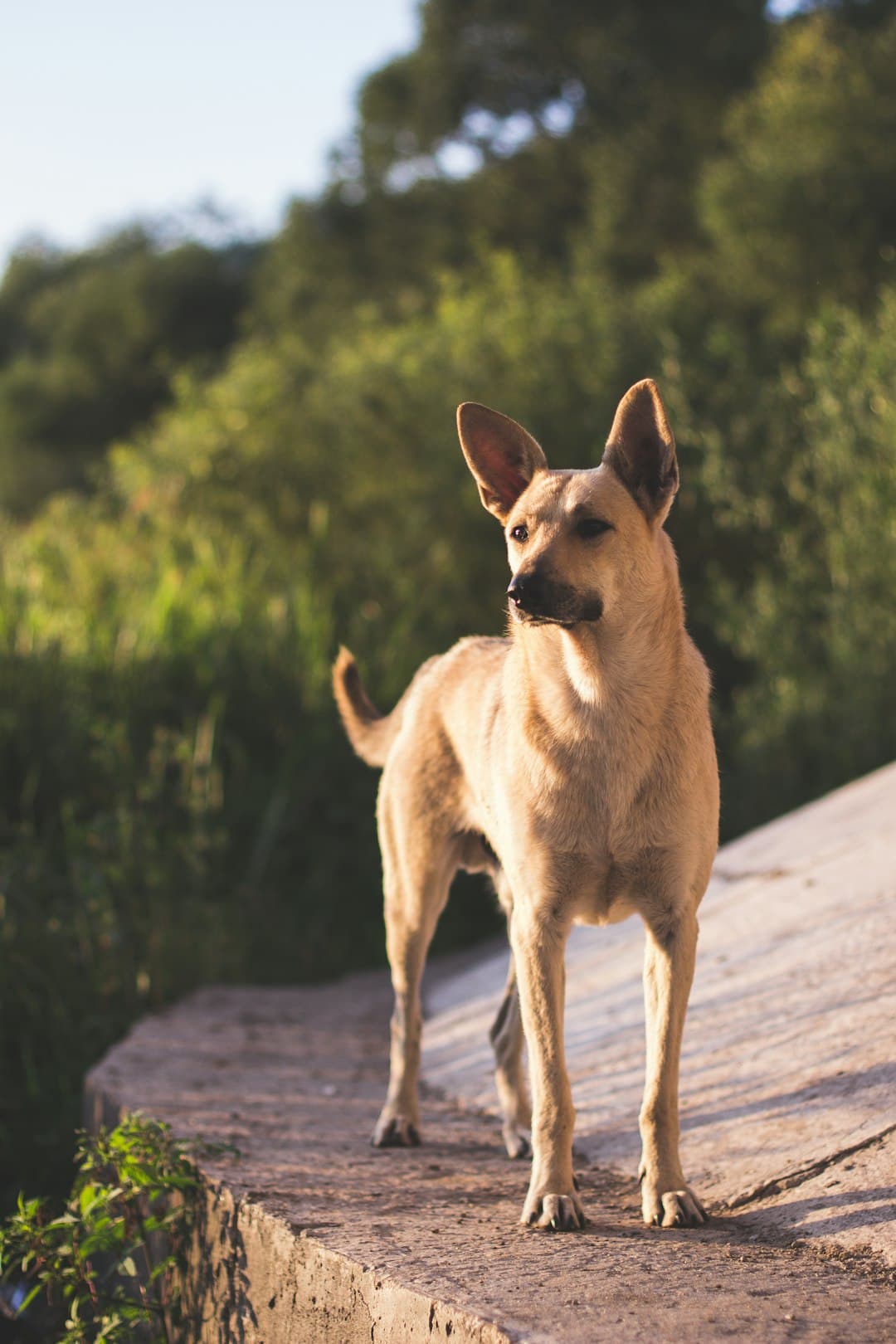
Rhodesian Ridgeback

Collie

Shetland Sheepdog

Vizsla

Weimaraner
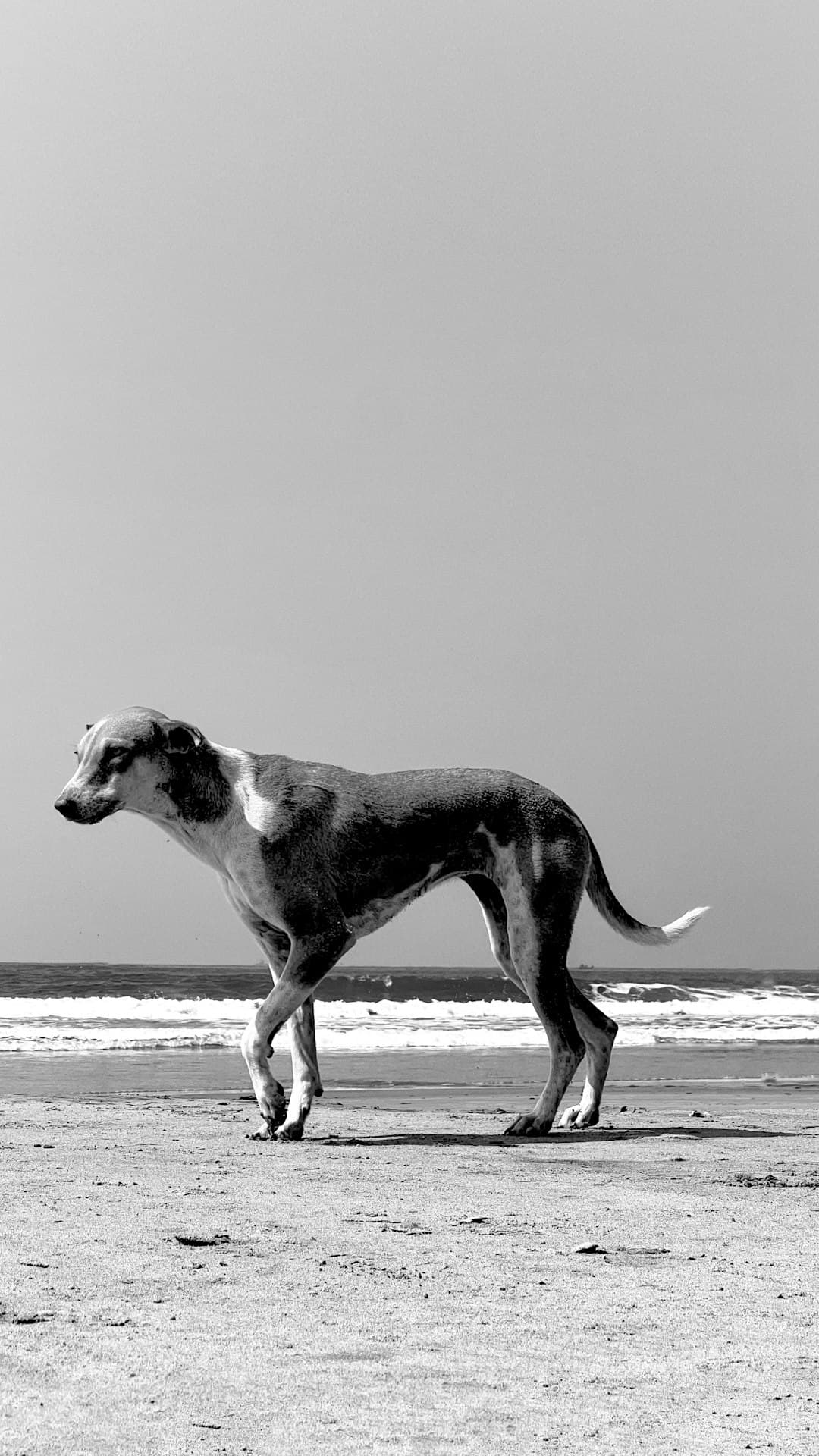
Pointer
Sighthounds: The Ultimate Long-Nosed Dogs
Sighthounds are the epitome of long-nosed dogs. Bred for speed and sight-based hunting, these elegant breeds have some of the most elongated muzzles in the canine world.

Greyhound

Afghan Hound

Whippet

Borzoi
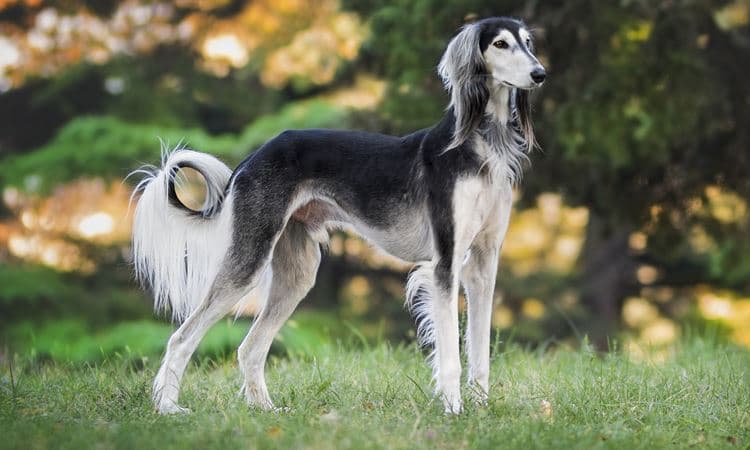
Saluki

Irish Wolfhound
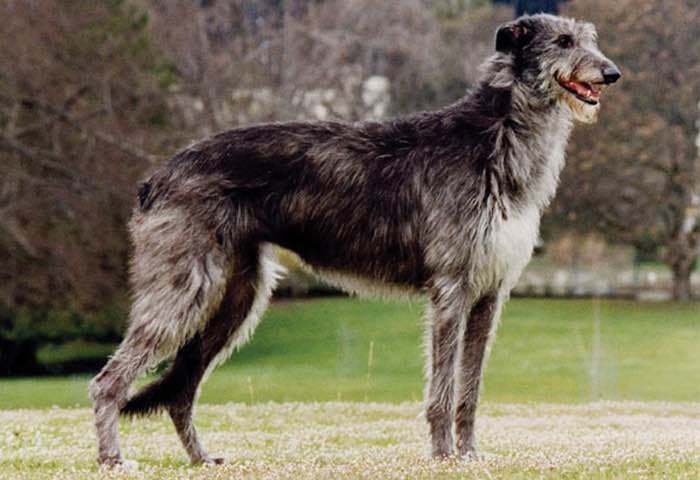
Scottish Deerhound
Caring for Long-Nosed Dogs
Respiratory Advantages
Long-nosed breeds rarely suffer from breathing problems common in brachycephalic breeds. Their elongated airways allow for better airflow, making them excellent choices for active owners and hot climates. However, they can still overheat during extreme exercise in hot weather.
Exercise Needs
Many long-nosed breeds, especially sighthounds, are built for speed and require regular exercise. Greyhounds can reach speeds of 45 mph, while Whippets excel at lure coursing. However, once their exercise needs are met, many sighthounds are surprisingly calm and gentle at home.
Grooming Requirements
Grooming needs vary widely among long-nosed breeds. Short-coated sighthounds like Greyhounds require minimal grooming, while long-haired breeds like Afghan Hounds and Collies need extensive daily brushing. Research your specific breed's grooming needs.
Temperature Considerations
Long muzzles help dogs cool more efficiently through panting, as they provide more surface area for heat exchange. This makes long-nosed breeds generally better suited for warm climates than their flat-faced counterparts.
More Long-Nosed Breeds

German Shorthaired Pointer

Belgian Malinois

Borzoi

Collie Rough

Saluki

Irish Wolfhound
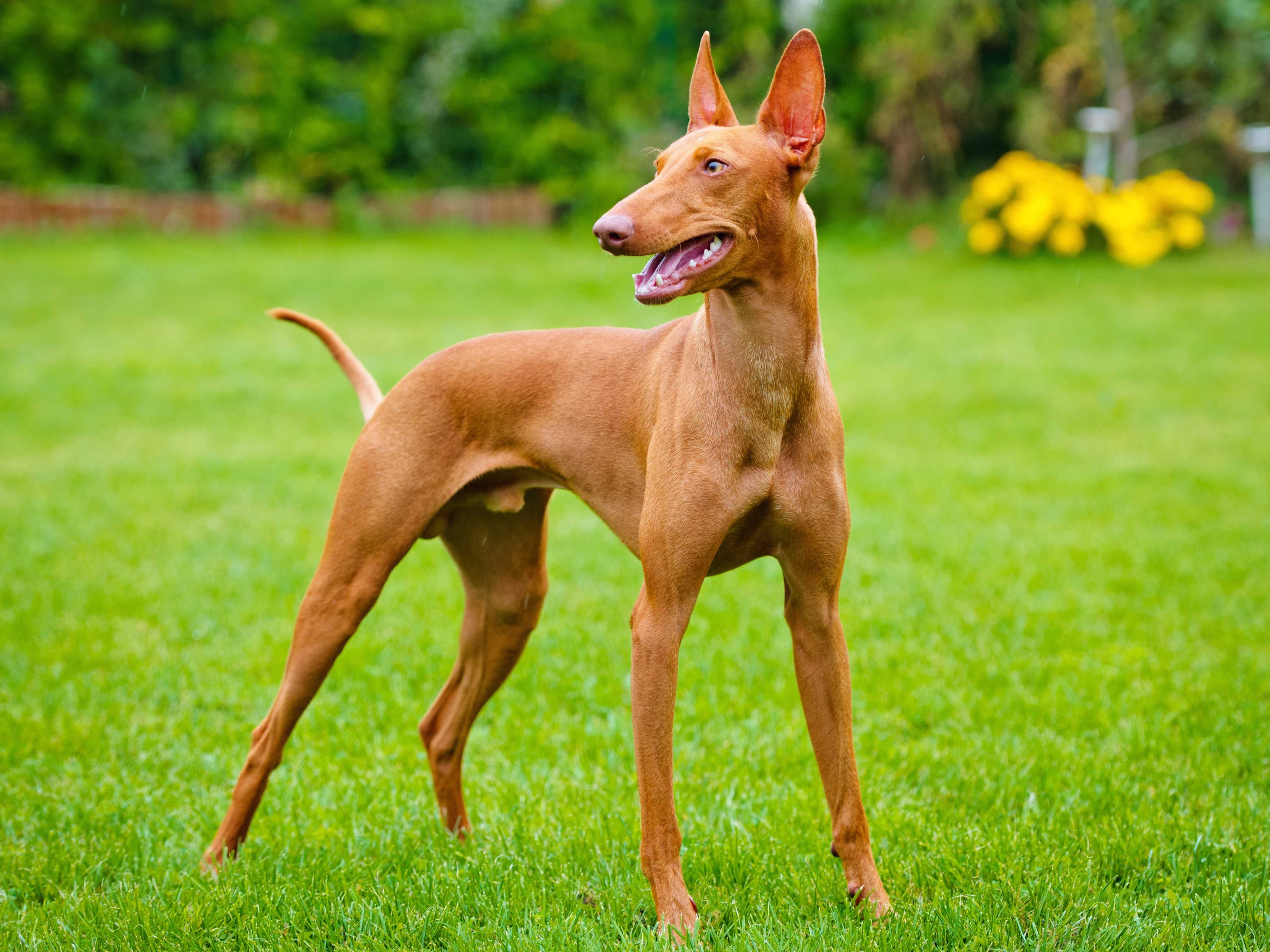
Pharaoh Hound

Scottish Deerhound
Frequently Asked Questions
What is a long-nosed dog?
A long-nosed (dolichocephalic) dog has an elongated, narrow head shape with a prominent muzzle. Breeds like Greyhounds, Borzoi, Afghan Hounds, and Collies are excellent examples. This head shape provides advantages for breathing, cooling, and in some cases, speed.
Do long-nosed dogs have special care needs?
Long-nosed dogs generally have fewer breathing issues than flat-faced breeds. However, they may be more prone to some dental issues due to longer jaws. Regular dental checks, balanced diet, and proper exercise are important for all breeds. Many sighthounds with long noses also need opportunities for high-speed running.
Are long-nosed dogs better in hot weather?
Yes, long muzzles help dogs cool more efficiently. The elongated snout provides more surface area for panting and heat exchange, making long-nosed breeds generally better suited for warm climates than brachycephalic (short-nosed) breeds. However, all dogs need shade and water in extreme heat.
Which dog breeds have the longest noses?
Sighthounds typically have some of the longest muzzles, including Greyhounds, Borzoi, Salukis, and Afghan Hounds. Irish Wolfhounds and Scottish Deerhounds also have very elongated muzzles. Among non-sighthounds, Collies and some pointing breeds have notably long snouts.
Are Greyhounds long-nosed dogs?
Yes! Greyhounds are classic examples of long-nosed (dolichocephalic) dogs. Their elongated, narrow heads and long muzzles are perfectly designed for their role as sighthounds - using their excellent vision and aerodynamics to chase prey at incredible speeds.